|
Cheese Groups | Forms of Cheese
Uses of Cheese | The Issue of Mold and Crystallization in Cheese
| Cheese is a dairy product made from the curds of milk that have been separated from the whey. The curds form a firm substance that is aged to create added flavor. There are hundreds of varieties of fresh and aged cheese made in a variety of countries. Many cheeses are made with ingredients and processes that exist only in the particular region in which the cheese originated. |
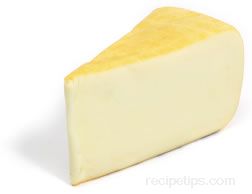 |
Cheese Groups
|
Cheese is divided into five major groups: hard cow's milk cheese, soft cow's milk cheese, goat's milk cheese, sheep's milk cheese, and blue cheese. From these groups, the various cheeses are then selected for their intended purpose, flavor, and suitability for recipes and serving objectives. |
|
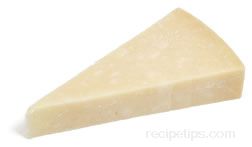
Cow's Milk - Hard Cheese
Parmesan |
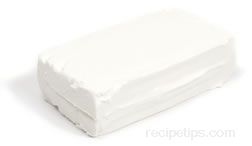
Cow's Milk - Soft Cheese
Neufchâtel |
|
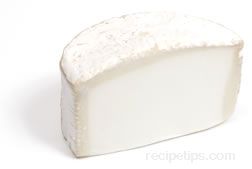
Goat's Milk Cheese
Chèvre |
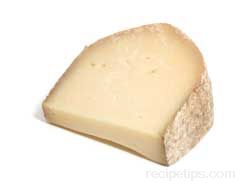
Sheep's Milk Cheese
Berkswell |
|
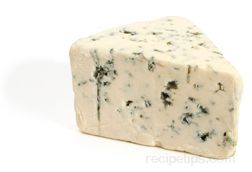
Blue Cheese
Adelost Blue |
Forms of Cheese
| Among the different groups of cheese, there are also a number of different forms of cheese, such as hard, soft, grated, sliced, block, wedge, and so on. The different forms are chosen for specific purposes when serving cheese or when cheese is used in a recipe. |
|
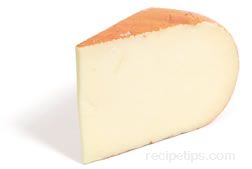
Hard Cheese |
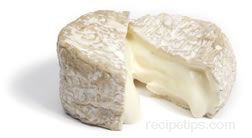
Soft Cheese |
|
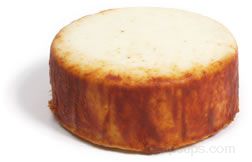
Wheel |
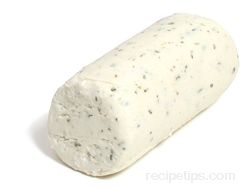
Cylinder |
|
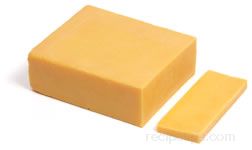
Block |
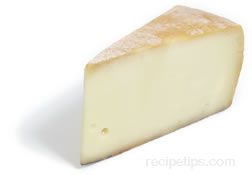
Wedge |
|
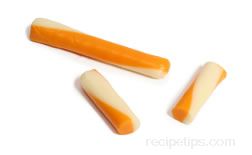
Stick |
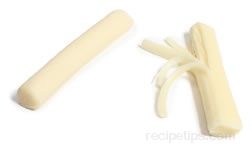
String |
|

Curds |
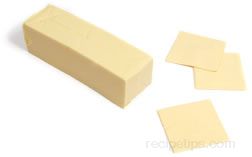
Sliced |
|
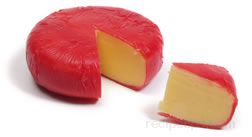
Wax Covered |

Shredded |
|
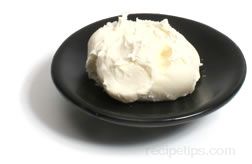
Spreadable |
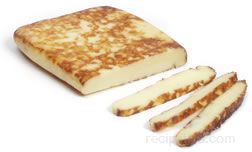
Baked |
|
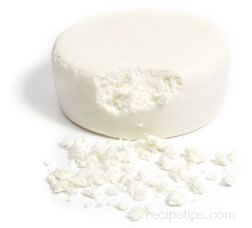
Crumbled |
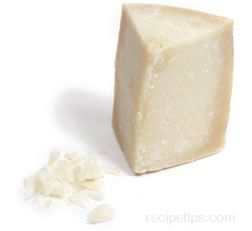
Shaved/Grated |
Uses for Cheese
| Cheese can be served for appetizers, toppings, sandwich filling, entrees, and desserts or used as an ingredient for numerous food dishes. When serving cheese as an appetizer, serve approximately one ounce per person. If several different types of cheese are being offered as courses for a meal, begin with the mildest cheese; then serve increasingly stronger cheeses as the courses progress. Additional foods can accompany cheese to enhance the flavor, such as almonds, walnuts, apples, pears, slices of hard breads, or crackers. Serve breads and crackers that are mild in flavor so they don't compete with or overpower the flavor of the cheese. A variety of fruits go well with many strong cheeses: pear slices served with blue cheese is a good example. |
|
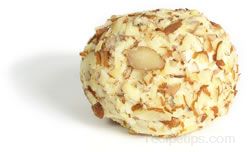
Cheeseball Appetizer |
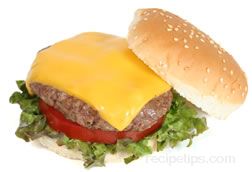
Cheeseburger |
|

Cheesecake |
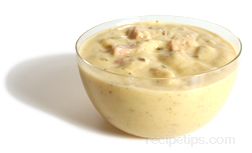
Cheese and Broccoli Soup |
|

Cheese Dip |
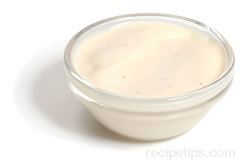
Cheese Sauce |
The Issue of Mold and Crystallization in Cheese
| If mold appears on soft cheese, discard the cheese immediately; but when mold appears on hard cheese, the mold can be cut away. Make sure not to contaminate the good cheese with the knife by slicing too close to the mold spores that have formed. Allow a generous margin between the mold and the good section of the cheese. |
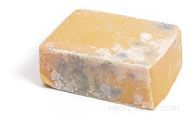 |
| Some types of cheese that have aged, such as Asiago, Cheddar, and Parmigiano Reggiano, may become covered with small crystallized granules that create a rough and gritty texture on the cheese. This is not harmful. This happens because the calcium in the milk used to make the cheese begins to break down. This is simply a natural occurrence of the cheese aging process. |
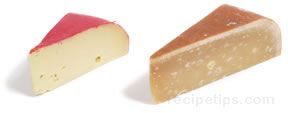
| |






























